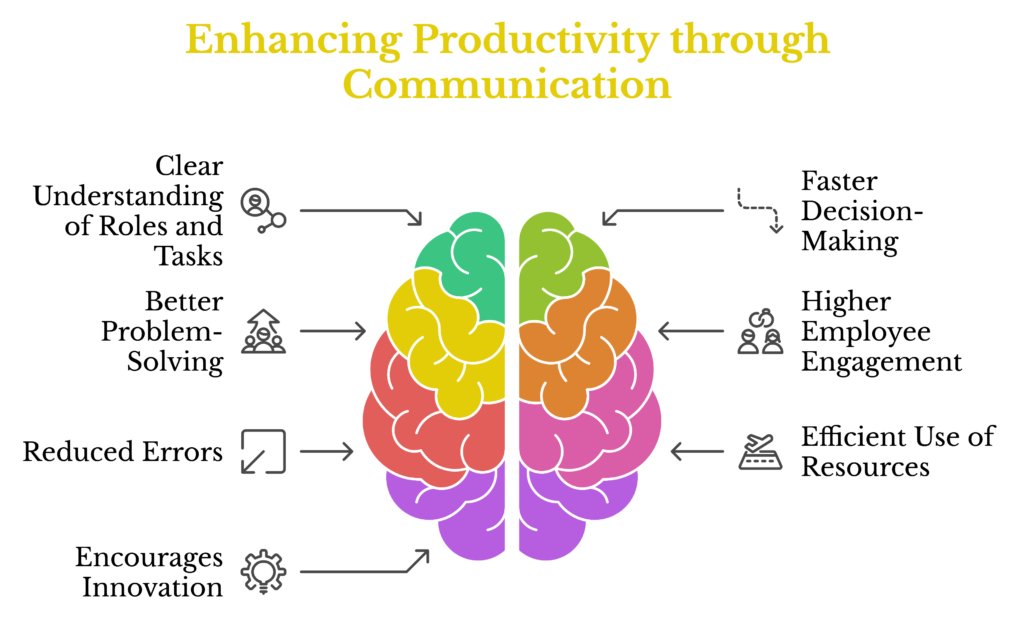| AI Language Tool | Description | Example |
|---|---|---|
| Google Translate | Provides real-time translation of text, speech, and images, making it easy to communicate across languages instantly. | A tourist in Greece uses Google Translate’s camera feature to read a restaurant menu written in Greek, instantly understanding the available dishes. |
| DeepL | Uses advanced neural networks for high-quality, context-aware translations, ideal for professional use. | A business professional uses DeepL to translate a contract from German to English, ensuring that legal terminologies and context are accurately conveyed. |
| Skype Translator | Integrates translation capabilities directly into Skype calls, enabling real-time multilingual conversations. | During an international conference call, participants from Japan and France communicate effortlessly using Skype Translator, which translates spoken words in real-time. |
| Captions | Provides multimodal translation across text, audio, and video formats, improving accessibility for diverse audiences. | A content creator uses Captions to add subtitles in multiple languages to their videos, reaching a broader global audience. |
| Enterprise-Level AI Translation Tools | Employs machine learning for continuous improvement, adapting to new languages and dialects over time. | A non-profit organization uses AI translation tools to communicate with refugees who speak less common languages, with the system improving over time for more accurate translations. |

Key Industries Where Multilingual Communication Matters
- International Business and Trade
- Purpose: Helps global companies talk with clients, manage logistics, and build strong partnerships across different countries.
- Example: A company in the U.S. can communicate clearly with a supplier in China, making the whole process smoother and avoiding misunderstandings.
- Tourism and Hospitality
- Purpose: Hotels, airlines, and restaurants need multilingual staff to make guests feel welcome, leading to positive experiences.
- Example: A hotel with multilingual staff can offer better service to travelers from around the world, making guests more likely to return.
- Healthcare
- Purpose: Doctors and nurses need to understand patients clearly, regardless of language, to provide safe and accurate medical care.
- Example: A hospital with multilingual staff ensures patients from different backgrounds get the correct diagnosis and treatment.
- Education
- Purpose: Schools and universities serve students from different cultures and languages, so multilingual communication helps in teaching and engaging with families.
- Example: A university with support for international students helps them adjust better and succeed academically.
- Customer Service and Support
- Purpose: Companies serving global customers need multilingual support to answer questions and resolve issues effectively.
- Example: A tech company with multilingual support can help customers worldwide with troubleshooting, leading to higher satisfaction.
- Media and Entertainment
- Purpose: Movie studios, news outlets, and publishing houses need to reach international audiences, so multilingual options make content accessible.
- Example: A movie with subtitles in multiple languages allows viewers around the world to enjoy it.
- Legal Services
- Purpose: Law firms working internationally need multilingual communication to handle cases and interpret documents accurately.
- Example: A lawyer working with a foreign client can avoid misinterpretations, ensuring legal matters are handled correctly.
- Government and Public Services
- Purpose: Governments serve diverse communities, so multilingual communication is key for inclusivity and effective service.
- Example: A city with multilingual services can help citizens of different backgrounds understand policies and participate in civic life.

How Effective Communication Boosts Productivity
- Clear Understanding of Roles and Tasks
- Everyone knows what they need to do, which avoids confusion and saves time.
- Faster Decision-Making
- Decisions are made quickly since everyone’s input is clear, helping projects move forward without delays.
- Better Problem-Solving
- Open communication makes it easy for teams to discuss issues and find solutions, minimizing downtime.
- Higher Employee Engagement
- Employees feel valued and included, which motivates them to work harder and stay focused.
- Reduced Errors
- Clear instructions reduce mistakes, so teams spend less time fixing issues and more time on important tasks.
- Efficient Use of Resources
- Good communication ensures resources like time and materials aren’t wasted, as teams know exactly what’s needed.
- Encourages Innovation
- When people communicate openly, they feel more comfortable sharing ideas, leading to creative solutions and improvements.

AI’s Role in Multilingual Communication
AI-powered tools like Google Translate, Skype Translator, and DeepL make it easier for people in different languages to communicate accurately and efficiently. They support real-time translation and adapt to context, helping businesses, schools, and other industries connect with diverse groups smoothly. This technology promotes productivity by breaking down language barriers and enabling seamless collaboration across the globe.